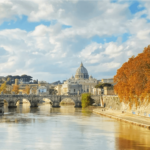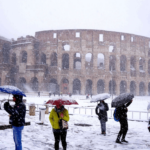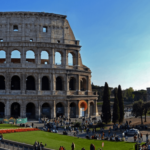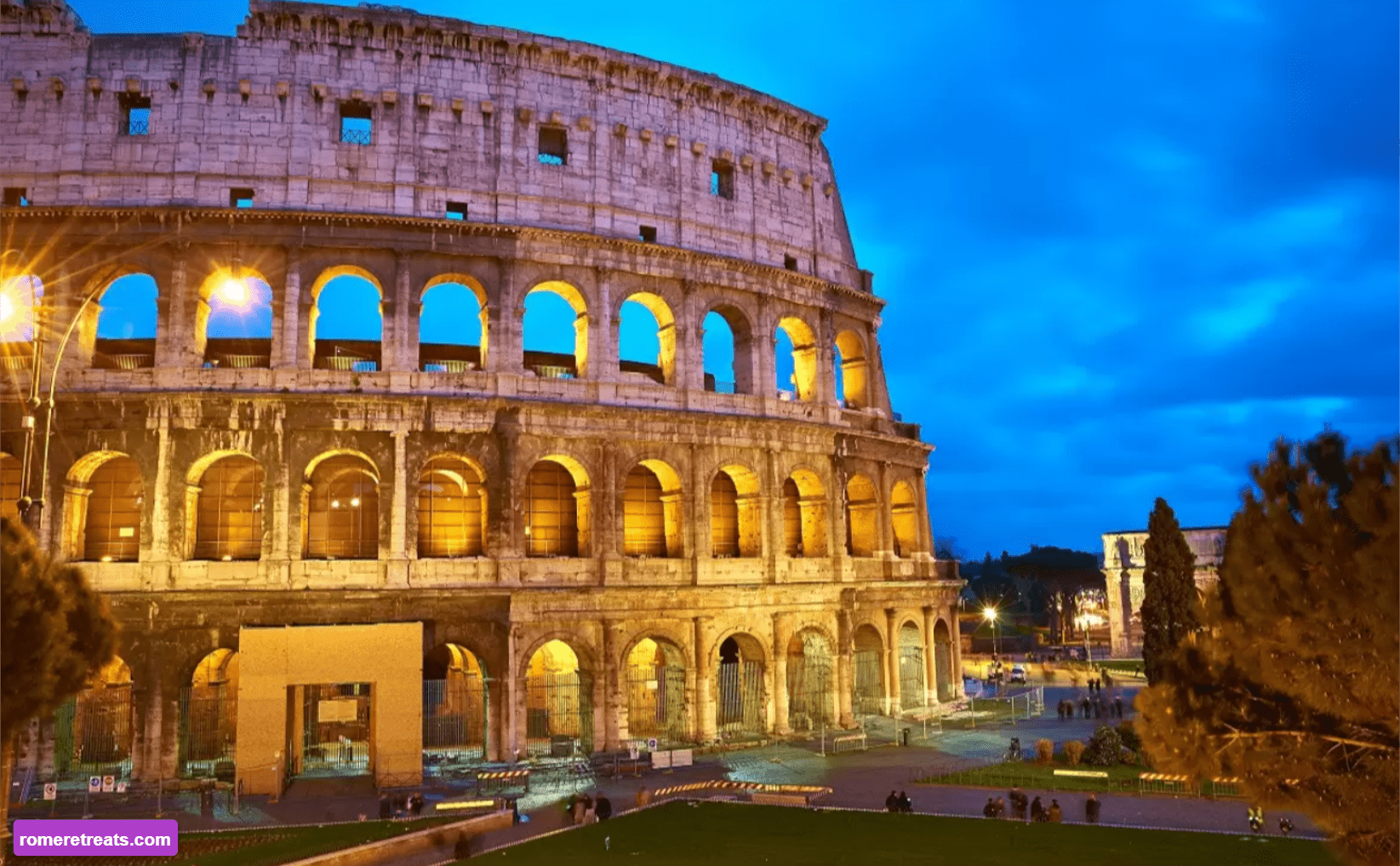Rome itinerary: You might assume that because Rome is such a popular tourist destination, you can just wander around and see everything on your own. However, this couldn’t be further from the truth. The city is overflowing with attractions, restaurants, museums, and a bustling atmosphere, making it increasingly essential to have a detailed Rome itinerary.
Planning your itinerary before you arrive will allow you to manage your time effectively, monitor your budget, and enhance your overall experience. With an itinerary in hand, you’ll have a list of must-see spots, and as you explore, you can easily add new destinations that catch your interest.
Keep reading to find out why I highly recommend having a precise and well-organized Rome itinerary to guide you during your visit.
1. You’ll feel more at ease
Imagine arriving in Rome and heading straight to the historic center without a proper plan. You’ll quickly become overwhelmed by the sheer number of attractions at every corner, leaving you worried about missing out on significant landmarks.
Your instinct will be to try to see everything at once, but trust me, that’s simply not possible. Even within the Centro Storico alone, there are countless places, monuments, palaces, squares, ancient ruins, and landmarks that you can’t possibly cover in just a day or two.
That’s why having a pre-planned itinerary is so helpful. By designing it before your trip, you’ll have time to determine what aligns best with your interests, what’s essential to visit if it’s your first time, how long each landmark will take, and how to navigate from one place to another.
If you’re unfamiliar with the city, this can be quite challenging, which is why I’m creating an ebook that includes four comprehensive itineraries in different neighborhoods, each covering various themes and landmarks.
2. Daily Rome itinerary will enhance your trip’s quality
Having a detailed itinerary means you know what you’ll be visiting and have a list of places to explore. If you prefer to wander without a specific destination in mind, then you may not need a pre-planned itinerary.
For instance, in Rome’s historic center, there’s so much to see—from churches and palaces to squares, fountains, monuments, and bridges—that if you don’t have a list of must-sees, it’s perfectly fine to just wander and soak in the art, history, and beauty around you.
However, in neighborhoods like Testaccio and Ostiense, having a plan is crucial to staying on track and making the most of your day. Testaccio, for example, offers a mix of ancient and modern history and is particularly appealing for its traditional vibe and authentic culinary scene. But unless you join one of the many tours that combine local food and culture, it’s better to have a well-thought-out itinerary.
3. An itinerary helps you avoid touristy restaurants
When planning your itinerary, it’s essential to research good restaurants in the areas you’ll be exploring. This is especially important if your itinerary includes the city center, where finding authentic meals can be more challenging.
In Roman neighborhoods like Testaccio, Nomentano/Trieste, and Prati, the restaurants are generally reliable for quality. In fact, I’ve never had a bad experience dining in these districts.
On the other hand, areas like Trastevere, Centro Storico, and the Jewish Quarter are more touristy, and the food options often reflect this, with many establishments offering tourist menus.
4. You’ll know exactly where to go
Your itinerary should ideally include addresses and directions so that you know precisely where to go and how long it will take to get there. This way, you can plan your visits, meals, and breaks without feeling rushed or guilty.
5. You can add more attractions along the way
Contrary to popular belief, having an itinerary doesn’t mean you can’t be spontaneous. A well-structured plan allows you to take detours whenever something unexpected piques your interest. This is how you discover hidden gems and make the most of your trip.
The more detailed your itinerary, the easier it will be to get back on track if you take a detour. Since you have everything planned out, I even encourage you to explore off the beaten path—you’ll enjoy uncovering the wonders hidden around every corner in Rome!
6. You won’t miss any must-see monuments
There’s no way around it—without a list, you’re bound to miss some landmarks. With all the sights in Rome, including the numerous buildings, fountains, and squares, it’s easy to get distracted and veer off course. If you have a well-planned itinerary, this won’t be an issue, as you can quickly find your way back.
However, without a ready itinerary, you might get lost, and you’ll risk missing the monuments you initially wanted to see because you took a detour, forgot where you were headed, or ran out of time.
7. An itinerary helps you manage your time
This is one of the main reasons for having an itinerary. Rome is known for its long queues, large crowds, and chaotic traffic. Between the opening times of landmarks and peak hours, managing your schedule effectively is crucial.
A well-planned Rome itinerary should also include rough estimates of distances and visit durations to help you maximize your time.
8. You’ll have better control over your budget
An itinerary also assists in tracking your expenses. By planning your days in advance, you can avoid unexpected costs, such as transportation. By grouping nearby attractions, you can walk more and rely less on public transport.
When it comes to dining, while designing your itinerary, you can include a mix of budget-friendly restaurants and a few upscale options, giving you a rough idea of your expected spending.









